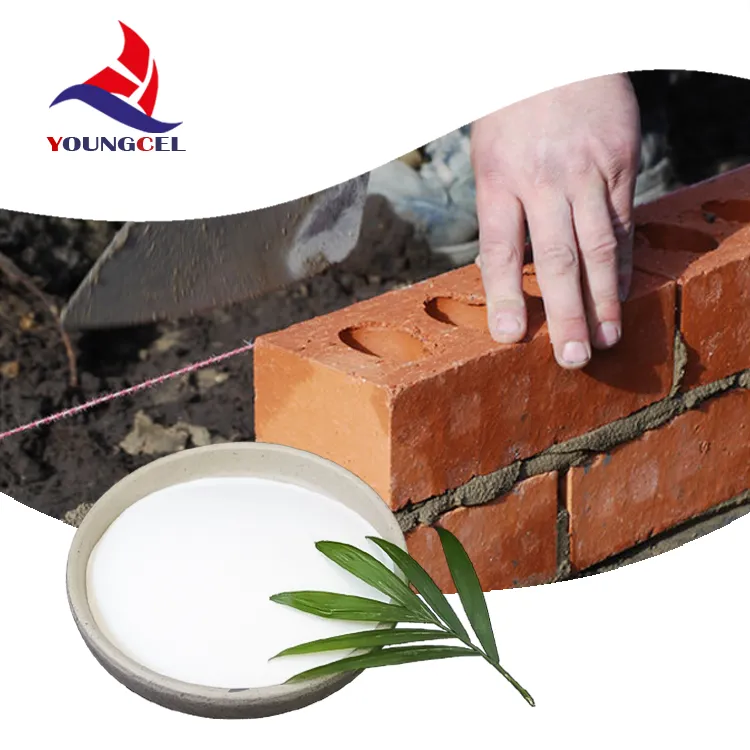Understanding RDP Key to Quality Ceramic Tile Adhesive
Ceramic tiles are a popular choice for flooring and wall applications due to their durability, aesthetic appeal, and ease of maintenance. However, the performance and longevity of these tiles largely depend on the adhesive used to bond them to the substrate. One critical component in many ceramic tile adhesives is Redispersible Polymer Powder (RDP), which plays a significant role in enhancing the adhesive's properties.
What is RDP?
Redispersible Polymer Powder is a dry polymer that can be re-dispersed in water to form a stable emulsion. It is derived from a range of polymers, including ethylene-vinyl acetate (EVA) and other copolymers. When added to tile adhesive formulations, RDP enhances various performance characteristics such as adhesion, flexibility, water resistance, and workability.
Enhancements Provided by RDP
1. Improved Adhesion RDP substantially increases the bonding strength between the tile and substrate. This is crucial in applications where tiles are subjected to heavy loads or thermal expansion and contraction.
2. Flexibility and Elasticity One of the standout features of RDP is its ability to impart flexibility to the adhesive. This elasticity allows the adhesive to withstand the stresses caused by temperature fluctuations and movement in the substrate, reducing the risk of cracking and delamination.
3. Water Resistance Tiles installed in wet areas, such as bathrooms and kitchens, require adhesives that can withstand moisture. RDP enhances the water resistance of tile adhesives, ensuring that they remain effective in humid environments.
rdp for ceramic tile adhesive

4. Open Time and Workability The inclusion of RDP can improve the open time of tile adhesives, providing installers with a longer working period to reposition tiles after application. This is essential for achieving a perfect alignment and finish.
5. Durability RDP contributes to the overall durability of the adhesive. The polymer improves the system's resistance to environmental factors, thereby extending the lifespan of the tile installation.
Applications of RDP in Tile Adhesives
RDP can be used in a variety of ceramic tile adhesive formulations. Whether it’s for standard tile installations, large-format tiles, or tiles with intricate designs, RDP enhances the performance of the adhesive. It is especially beneficial in external applications where adhesives must cope with varying weather conditions and thermal stresses.
Moreover, RDP is applicable in specialized adhesive systems, such as those intended for rapid setting or flexible applications. In regions with high seismic activity, for instance, flexible tile adhesives containing RDP are crucial for preventing cracks due to ground movement.
Conclusion
The incorporation of RDP in ceramic tile adhesive formulations greatly elevates the overall performance of tile installations. It enhances adhesion, flexibility, water resistance, and durability—all of which are critical factors for ensuring long-lasting and effective tile applications. As architects and builders increasingly focus on quality and durability, the role of RDP in tile adhesives will continue to be integral in meeting these expectations.
In summary, understanding the importance of RDP not only aids manufacturers in creating superior products but also helps end-users appreciate the technology behind their chosen tile adhesives. When investing in ceramic tiles and their adhesive systems, specifying products containing RDP can lead to better performance and greater satisfaction in any tiling project.
-
Premium Detergent Grade HPMC Hydroxypropyl Methylcellulose: Superior Thickening & StabilityNewsAug.31,2025
-
HEC 100000 Hydroxyethylcellulose for Paint | Superior ThickeningNewsAug.30,2025
-
Wall Putty Rdp Powder Packaging DesignNewsAug.29,2025
-
Introduction to Hpmc Hydroxypropyl Methyl CellulosNewsAug.29,2025
-
Hpmc Industri Grade IntegrationNewsAug.29,2025
-
How to Choose the Right Construction AdhesiveNewsAug.29,2025




